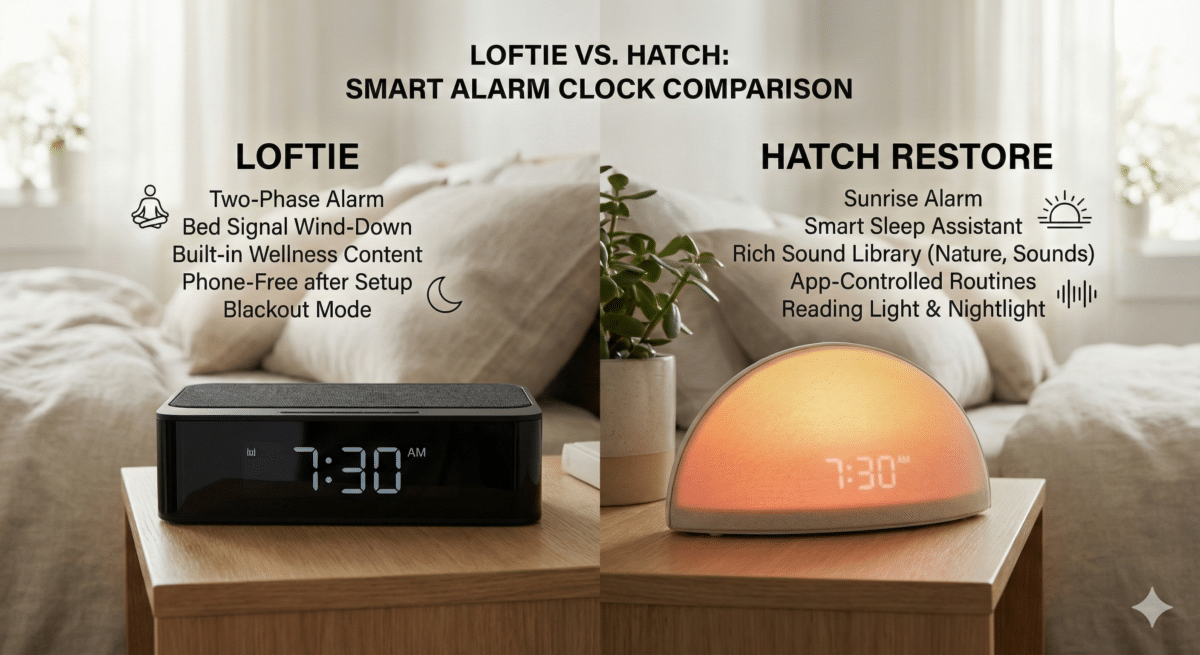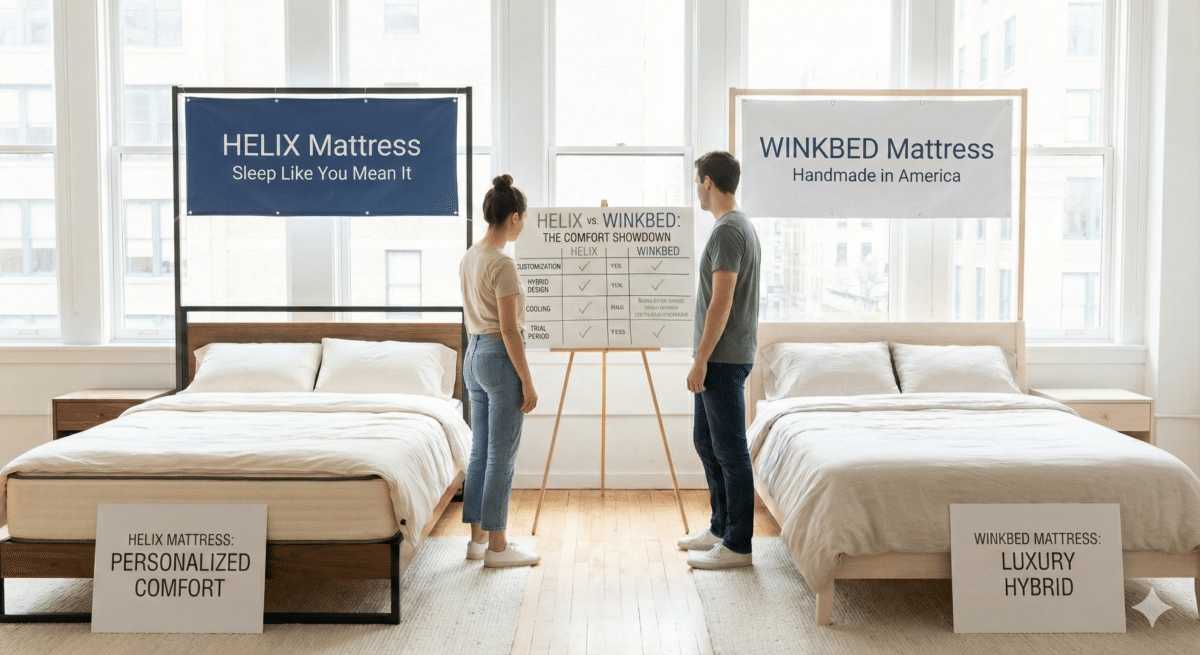How to Improve Sleep Quality with Cuddling: 5 Methods that Guarantee Results
Why Cuddling Can Enhance Your Sleep Experience
Cuddling is more than just a cozy embrace; it serves as a powerful tool for enhancing sleep quality. As you look for ways to improve sleep, consider the multitude of benefits that cuddling brings to the table. These include:
– Oxytocin Release: Reduces anxiety and stress.
– Heart Health: Lowers blood pressure and heart rate.
– Immune Boost: Strengthens your immune system.
– Pain Relief: Offers comfort through physical touch.
– Enhanced Relationships: Strengthens bonds with your partner.
Incorporating cuddling into your bedtime routine can transform your nights, making them more restful and rejuvenating. Scientific studies supporting these findings suggest that physical touch triggers the release of oxytocin, often known as the cuddle hormone. This natural chemical promotes relaxation and minimizes stress, setting the stage for a good night’s sleep.
I’m Ben Trapskin, the founder of Yawnder. Through my personal journey and extensive research on sleep habits, I’ve discovered how impactful cuddling can be—not just for soothing your soul, but also for your physical health. Let’s dive into how you can incorporate cuddling into your sleep routine effectively.
Method 1: Pre-Bedtime Cuddling
The Oxytocin Effect on Sleep Quality
Cuddling before you sleep can be a straightforward yet effective strategy to enhance your sleep quality. One of the significant reasons for this is the release of oxytocin during moments of physical closeness. This love hormone, produced in the brain, helps create calmness and security, allowing you to wind down effortlessly.
Benefits of Pre-Sleep Cuddling:
– Calmness and Security: Cuddling cultivates a safe environment optimal for sleep.
– Faster Sleep Onset: Reduced stress means you can fall asleep more quickly.
– Improved Bonding: The emotional connection fortified through cuddling can decrease stress and enhance overall well-being.
According to research conducted by Light, Grewen, and Amico in 2005, increased physical touch is linked to improved cardiovascular health. If you find cuddling disrupts your sleep, try indulging in snuggles earlier in the evening. This way, you can still reap the benefits without compromising your rest.
Method 2: Utilizing a Body Pillow for Comfort
Benefits of Embracing a Body Pillow
Not everyone has a partner to cuddle with, but a body pillow can be an excellent alternative. This cozy accessory mimics the comforting sensation of being held, facilitating relaxation before bedtime.
Key Advantages:
– Hugging Sensation: Body pillows provide a sense of security similar to cuddling.
– Anxiety Reduction: Hugging a body pillow can still trigger oxytocin release, aiding in stress reduction.
– Promotes Relaxation: The act of hugging can help you unwind as you prepare for sleep.
For optimal results, consider options like weighted blankets, which also offer a sense of hugging by applying gentle pressure. Notable products include:
– Gravity Blanket: Offers evenly distributed weight for a calming effect.
– Nuzzie: Features an open-knit design, ideal for hot sleepers without sacrificing the benefits of a weighted blanket.
Method 3: Establishing a Consistent Cuddling Routine
Creating a Structured Cuddling Schedule
Incorporating a cuddling routine can be a game-changer for your sleep quality and emotional well-being. Here’s how:
– Set Snuggle Time: Designate a specific time each evening for cuddling to signal your body to relax.
– Transition to Separate Positions: If cuddling all night disrupts your sleep, switch to separate positions after snuggling.
– Make it Regular: Include hugs, hand-holding, or spooning as a part of your nightly ritual.
Benefits of a Cuddling Routine:
– Enhanced Sleep Quality: Regular cuddling can stimulate oxytocin release, making it easier to slip into sleep.
– Strengthened Relationships: Couples often report higher satisfaction in their relationships when cuddling regularly.
– Stress Reduction: A routine can help maintain lower cortisol levels, leading to a calmer state of mind.
Method 4: Cuddling with Pets
The Unexpected Benefits of Pet Cuddling
Cuddling with pets can also improve your sleep quality as effectively as cuddling with a partner. Here’s why:
– Oxytocin Release: Snuggling with pets can trigger the same oxytocin release, reducing anxiety.
– Comfort and Security: The warmth and rhythmic breathing of pets can be incredibly soothing.
– Increased Happiness: Interaction with pets boosts serotonin and dopamine levels, improving mood.
However, some considerations include potential sleep disruptions due to pet movement or allergies. If you experience these issues, consider training your pet to sleep in a designated area close to you.
Method 5: Exploring Different Cuddling Positions
Finding Your Ideal Cuddling Set-Up
Experimenting with various cuddling positions can significantly impact both your sleep quality and emotional satisfaction. Here are popular positions to consider:
– Spooning: The iconic cuddling position that fosters intimacy.
– Hand-Holding: This simple gesture maintains physical connection without overwhelming warmth.
– Gentle Stroking: A few minutes of light touches can promote relaxation.
By trying different positions, you can discover what works best for you and your partner, enhancing both emotional intimacy and sleep quality.
Conclusion: Embrace Cuddling for Better Sleep
Cuddling is not just a display of affection; it’s a crucial part of enhancing your sleep quality and overall health. By reducing anxiety, fostering emotional bonds, and promoting relaxation, cuddling can transform your nightly experience.
Summary of Benefits:
– Stress and Anxiety Reduction: Cuddling promotes oxytocin release, lowering cortisol levels.
– Improved Physical Health: Physical touch can act as a natural pain reliever.
– Mental Health Boost: It enhances mood and fosters a sense of contentment.
– Stronger Relationships: Regular cuddling can improve intimacy and emotional connection.
If you’re struggling with sleep, I encourage you to explore these cuddling methods. Whether with a partner, a body pillow, or a beloved pet, find what feels most comforting for you. Prioritizing sleep is essential for your well-being, so snuggle up and enjoy improved rest. By embracing these cuddling techniques, you can unlock the full potential of restful sleep, enhancing your quality of life. Happy cuddling!


















